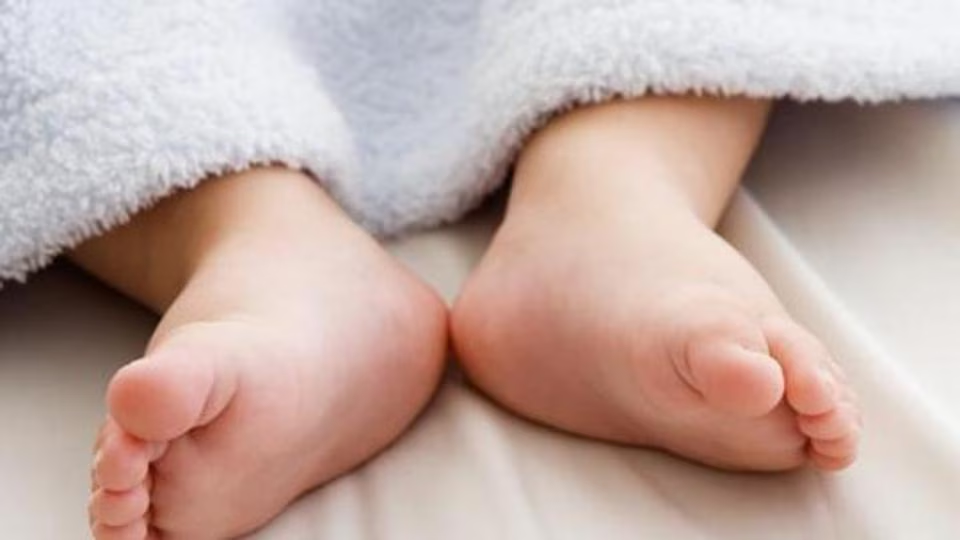ISLAMABAD: Unicef Pakistan on 30 April, 20204 launched its National Gender Strategy (2024-2027) to bring about lasting and transformative change for millions of girls between 10-19 years.
Unicef said that if the strategy was implemented effectively from urban to rural areas, it could drive change, address inequalities and improve the lives of all girls and women, including those living with disabilities.
`Striving for equal opportunities for all, especially girls, is fundamental to Pakistan’s progress. Investing in girls is a win-win for everyone,` said National Commission on the Status of Women Chairperson Nilofar Bakhtiar.
`It can lead to higher incomes and increased productivity, benefiting not only girls, but also the nation.
By investing in girls` leadership, we unlock their full potential and pave the way for their brighter future, she added.
Unicef maintained that adolescent girls in Pakistan faced stark challenges in their education, health, nutrition and well-being. For example, Pakistan was home to nearly 19 million child brides.
In addition, more than half of adolescent girls, or 54pc, were pregnant before their 18th birthday which could be life-threatening for the mother and the child.
A staggering 88pc of adolescent girls lived in poverty which hampered the country’s progress.
`Millions of children, most of whom are girls, face devastating challenges in their daily lives. Often, they cannot use even basic social services like health care. They are forced to drop out of school due to early marriage, poverty, and deep-rooted social norms,` said Unicef Deputy Representative in Pakistan Inoussa Kabore.
Ms Kabore said: `If all girls and women were to have the opportunities that are their right, such as studying, working, they would contribute to the economy and help Pakistan to prosper. No country will get ahead if half its population is left behind. Unicef looks forward to working with the government, civil society organisations, communities, girls and women, men and boys, to change the national dialogue on this critical issue.`-Staff Reporter
Acknowledgement: Published in Dawn News on 1st May 2024.







